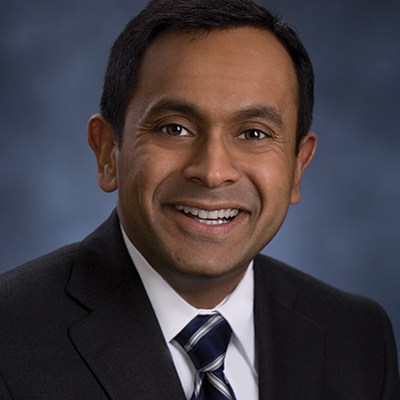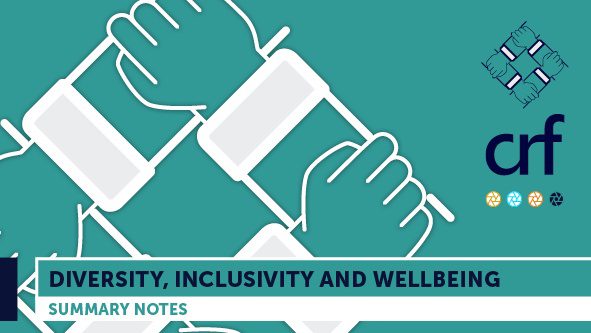Future of Work and People Strategy
Blog: “This Thing Called a ‘Job’”: Ravin Jesuthasan on the Future of Work
Why hold onto ‘job’ if ‘work’ itself is changing?
Ravin Jesuthasan, Global Leader of Transformation Services Business at Mercer, shared his insights on the future of work – which is about much more than remote working.
Two forces – digitalisation and the democratisation of work – have put us on the precipice of a reset in the future of work. This Great Reset asks two pivotal questions of us:
- How will we redesign work to enable talent to flow to it as seamlessly as possible while enabling its perpetual reinvention?
- How will we re-envision the talent experience to meet all talent where they are and on their terms, as opposed to a ‘one-size-fits-most’ approach?
Consequently, organisations are beginning to radically rethink their value proposition, the personas that comprise workforces, work and the work experience. While we have been focused on the ‘where’ and ‘when’ of work for the last year, the future of work requires us to question all its dimensions:
- Where: location and infrastructure
- When: hours and scheduling
- How: scaling, technology
- What: job content and sharing
- Who: alternative workforce, automation
- Why: mission, purpose
This thing called a ‘job’ is a challenge for organisations looking to be more agile, relevant, and responsive to a rapidly changing world. Thus, a shift in the ‘job to work’ relationship is required. Work needs to be reconfigured with a new talent supply and demand equation.
It is no longer helpful to conceptualise work as something done by an employee, with a single job, following a linear career path with experiences based on skills required by the job (demand), and technology built to support people in jobs, to work as something done by internal and external talent, accomplished through jobs, work tasks, projects, with a variety of experiences based on skills required for work (demand) and the skills and interests of the person (supply).
Re-thinking work
In this new equation, automation becomes a ‘work partner’ to substitute, augment and transform work. Instead, Ravin argues that leaders need a new operating system for work that better supports the high degree of organisational agility required to thrive amid increasingly rapid change and disruption, and that better reflects the fluidity of modern work and working arrangements.
He introduced such a system, based on four principles:
- Transcend the legacy of jobs. Start with the work (current and future tasks), not the existing jobs.
- Substitute, augment, transform or create work. Achieve the optimal combination of humans and automation.
- Optimise the internal marketplace. Consider the full array of human work engagements (employment, gig, freelance, alliances, projects, other alternative arrangements, etc.)
- Increase the agility with which talent is connected to work. Allow talent to ‘flow’ to work versus being limited to fixed, traditional jobs.
Ask Ravin
Q: What about people who can’t adapt to this new work operating system? Will they be left behind?
A: This is a really good point. For example, someone might spend 20 years acquiring highly technical skills, and then overnight have to reskill. This has implications for education – what is the value of spending tens or even hundreds of thousands on a degree with a shelf life of seven years? The notion of perpetual reinvention of ourselves hasn’t really sunk in. Younger people get it – the ability to do multiple things at the same time appears to be in younger talent’s DNA. But the talent we have here today is a worry.
Q: What do you do when skills just aren’t available in your organisation, and at the same time, you are struggling to recruit those skills?
A: With reskilling pathways, we ask: what are the adjacencies across technical and enabling skills? Managers put such primacy on technical skills, and this sometimes leads managers to ignore the development of internal people, because not enough attention is paid to enabling skills. So, understanding where those are; that someone who has operated in your environment and can get things done is far more important than the fact that they haven’t expressed those technical skills in this particular domain. There is, I would argue, an acute and myopic focus on technical skills, and organisations would benefit from casting a wider net.
Q: Thinking of employee engagement, how do you engage people in a work operating system that is task- and skill-focused rather than relationship-focused?
Actually, I would argue that relationships are enhanced because we are not limiting the sphere of interaction by limiting people to a ‘job’. They are all employees, but are continuously interacting with a pool of individuals. The variability and velocity this entails leads to higher growth rates and better development.
Ravin Jesuthasan will be speaking on this topic at the CRF International Conference in Athens in October – to find out more, here.
UPCOMING CRF CONFERENCE:
Trading in the New
Business Landscape
Featuring Ravin Jesuthasan from Mercer,
delivering The People Challenge






